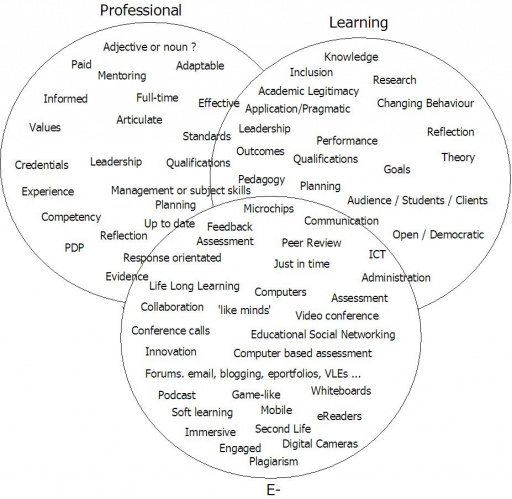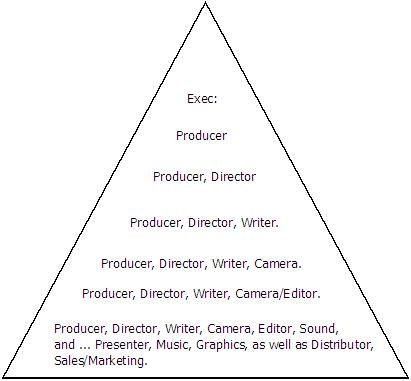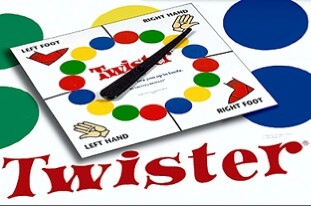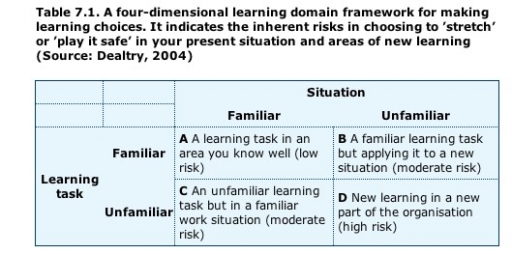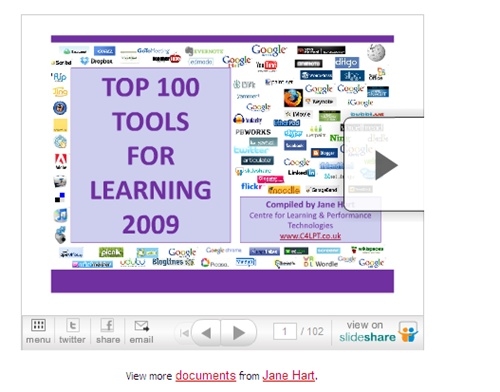It seems counter-intuitive to drive 160 miles to record a Podcast but I will reflect in due course on why this was better than recording a Skype conversation. We recorded onto a Netbook through the mic on a headset while cooking dinner.
This produced audio that was remarkably satisfactory to my professional ear. (I did six months as a sound engineer with a broadacast TV crew once upon a time).
Ian (a director and e-learning 'guru') and I last worked together in 1998 on the launch of the European Stock Exchange EASDAQ and were 're-united' by LinkedIn about five weeks ago.
I need to recognise after thirty years in 'the media' that even recording good sound has been reduced to pressing a button. All the effort we used to make to get 'clean' sound is now redundant. The microchip has given recording devices a brain that filters out the extraneous sound.
We recorded onto Audacity; I will clean up the 'noise' as I would a photograph using Adobe Photoshop.
I'll also edit down as we covered four or five topics ... in as many hours.
We discussed collaboration online, e-learning, video production, podcasting and his intentions to compete in an Iron man in Abu Dabi next March, also his e-lerning work in Abu Dabi.
My visit was in part to spend an hour coaching him in the pool. So we do a podcast my fixing the Front Crawl in a reasonably competent adult swimmer who will have to swim for about 90 minutes in the Gulf waters before doing the mega-cyle and a marathon run.
We've known each other since our teens and have made 30+ videos together and a few short films too.
Would this exercise have been better had I prepared questions?
For us to have jotted down some possible responses?
For the recording to have been done more formerly in a quieter setting?
Should all audio tracks be supported by text? Which may make the audio redundant?
I recall the audio we listened to in week 1 of Robin Goodfellow et al, and having transcribed what they had to say would quite frankly have preferred a Twitter from each instead of a few minutes of audio waffle.
Do we afford waffle credibility by recording it and posting it online for comment and for posterity?
My concluding thoughts?
Forget polish, only content matters.
Somewhere in this podcast (to follow eventually) we dicuss the 8mm footage from 'the hill' shot by Zapruder. He had no skill at all with the kit, or any craft as a camerman, but the event he caught on camera was the shooting of JFK. The 'Zapruder Effect' describes film (or audio) that may be of poor quality, but the content of such importance it doesn't matter.
I think we've reached the stage where audience and listeners don't give a monkeys for 'professional production standards' so long as the content is of interest.
A role for Podcasts in E-learning? Absolutely.
The three hours I recorded of a machine gunner from the First World War can now be made available for everyone to enjoy. Forever?
Or will his voice become lost in the several hundred (or thousand) recordings of other veterans?
On verra.
